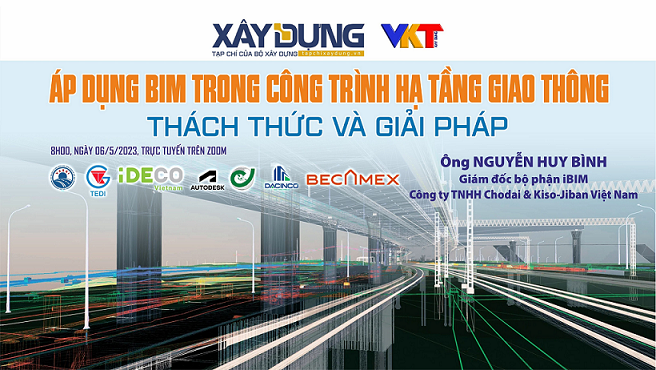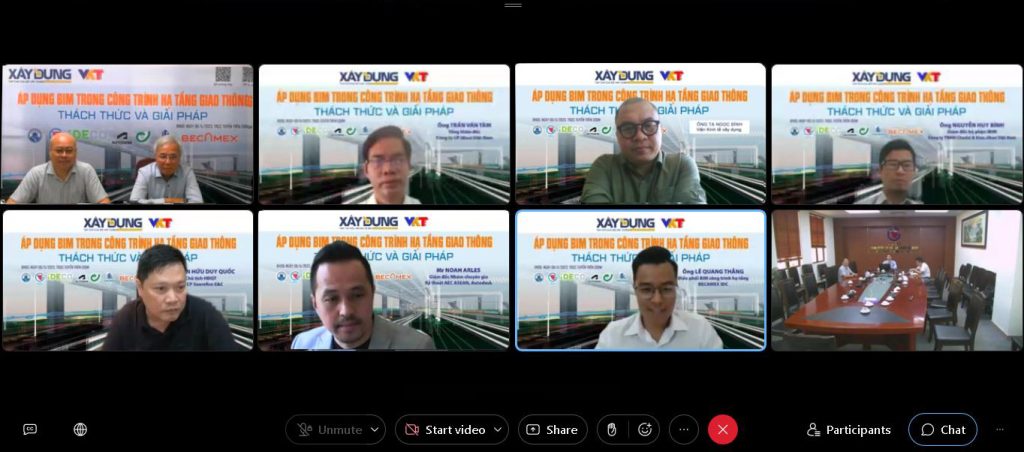
The application of BIM in transportation infrastructure is a new trend in the construction industry in Vietnam. BIM allows experts and contractors to design, construct, and manage projects through a comprehensive 3D model, increasing efficiency and reducing costs for projects. At the “Applying BIM in Transportation Infrastructure – Challenges and Solutions” seminar on May 6, 2023, experts agreed that BIM enhances management capabilities, reduces design errors, improves construction efficiency, and lowers construction costs. However, the application of BIM in this field still faces many challenges. The government needs to establish policies and regulations to promote the application of BIM in transportation infrastructure projects, and companies need to invest in this technology and improve their human resources to apply BIM effectively. The effectiveness of BIM application is still being evaluated due to insufficient social investment in transportation infrastructure.

In addition, the application of BIM in transportation infrastructure projects faces many difficulties, but not due to a lack of professional resources or BIM-related software. Instead, the biggest challenge comes from the familiar and difficult-to-change thinking of parties involved in the project. However, if investors are determined and set specific and reasonable goals for BIM application, BIM will help create tangible benefits and contribute positively to the sustainable development of the construction and transportation infrastructure industry.
From the perspective of green growth in transportation, experts have suggested that the use of BIM can reduce the impact of construction projects on the environment and urban areas, reduce congestion, emissions, and ensure safety for workers and road users.
